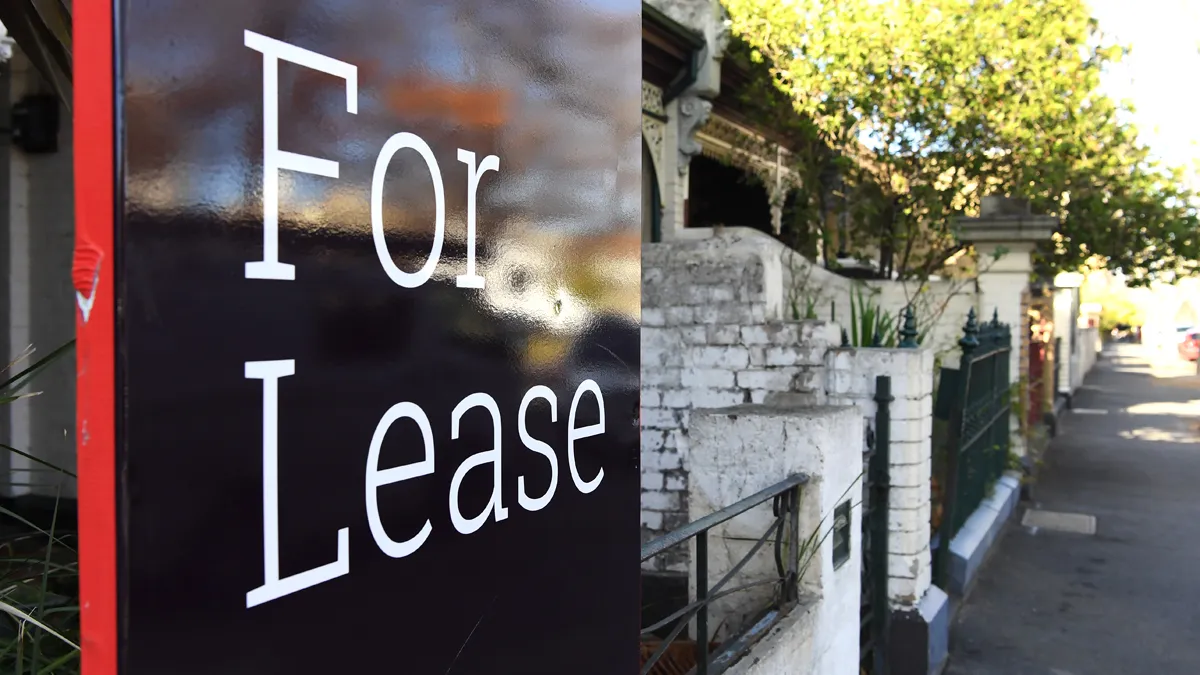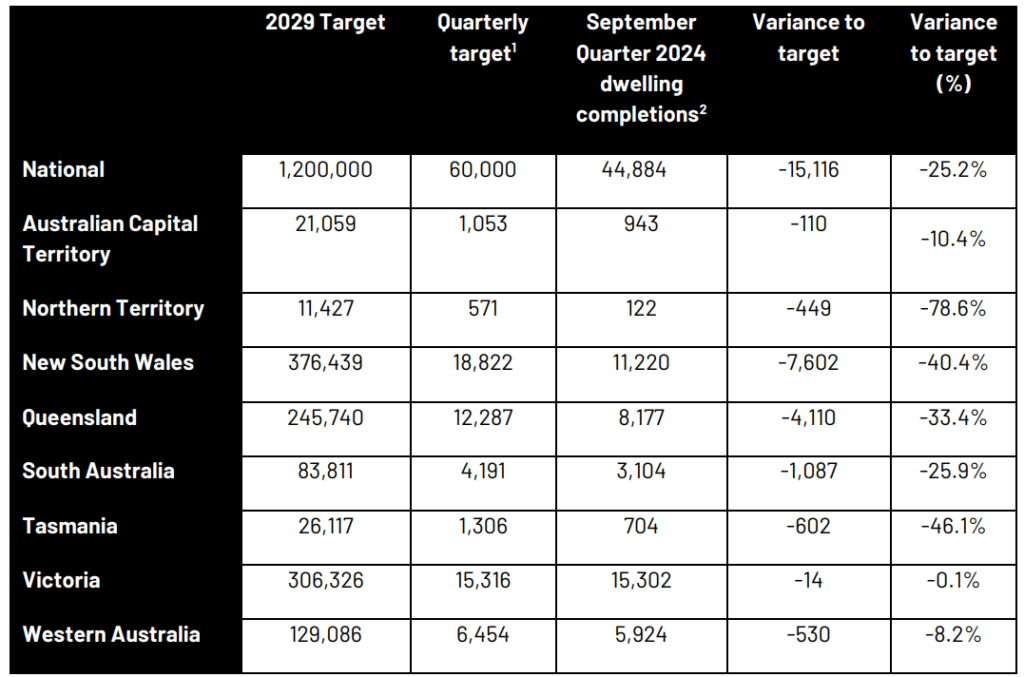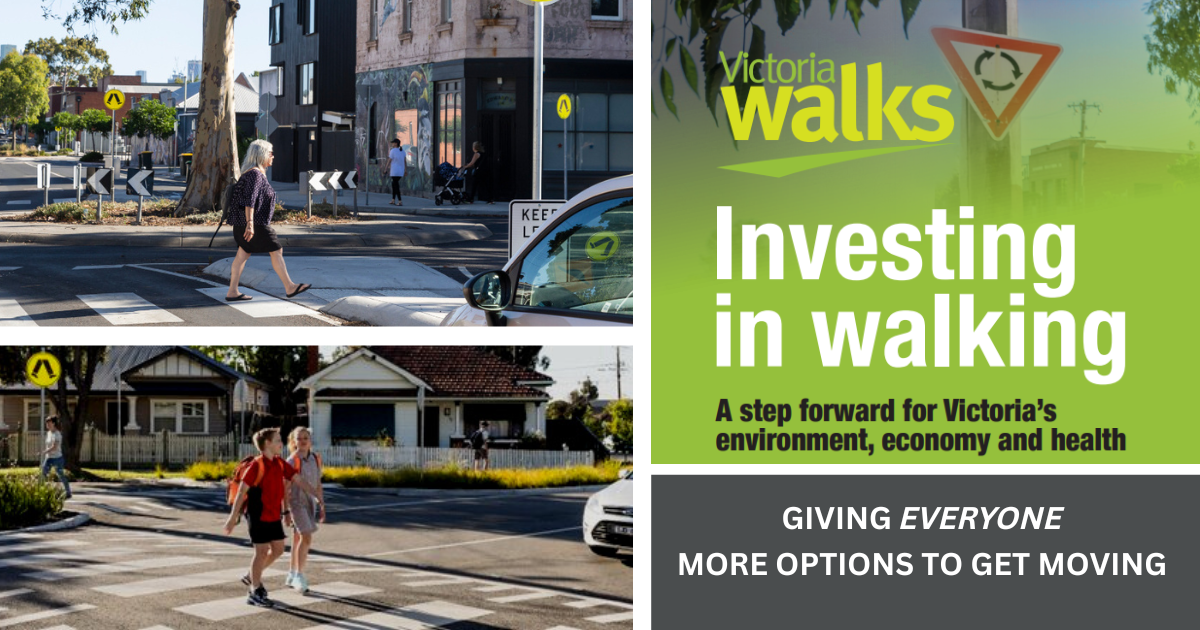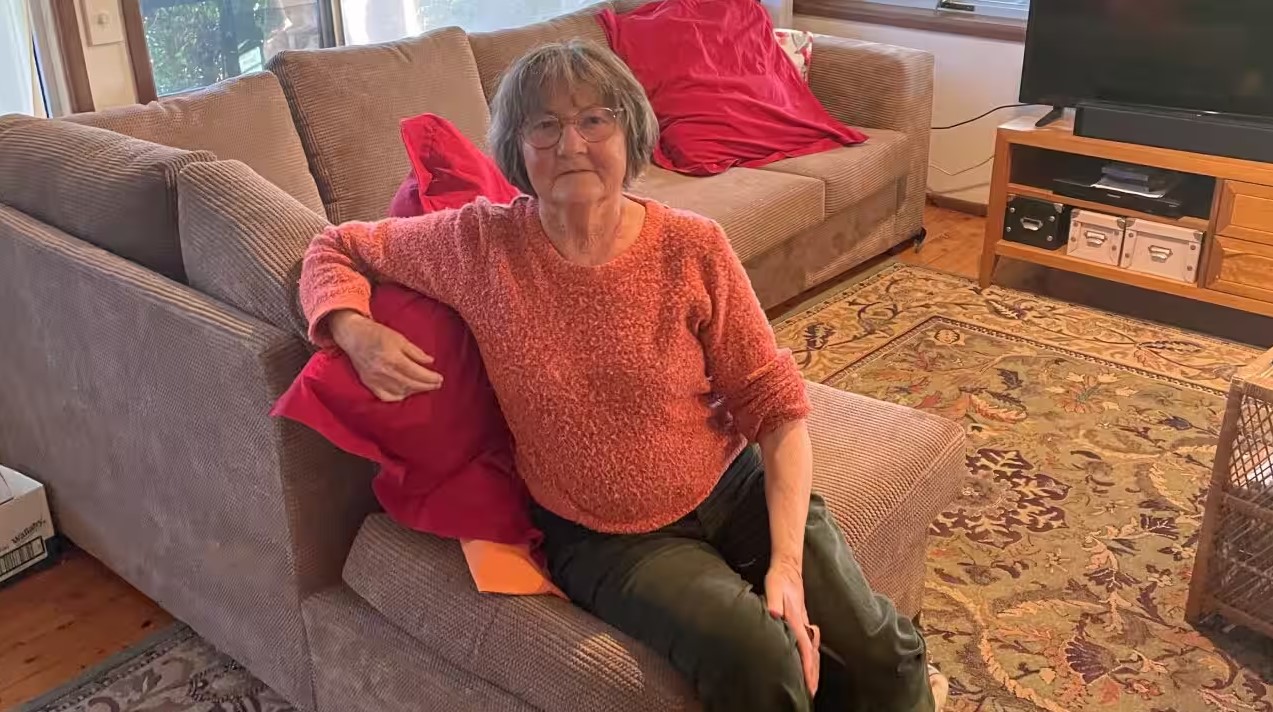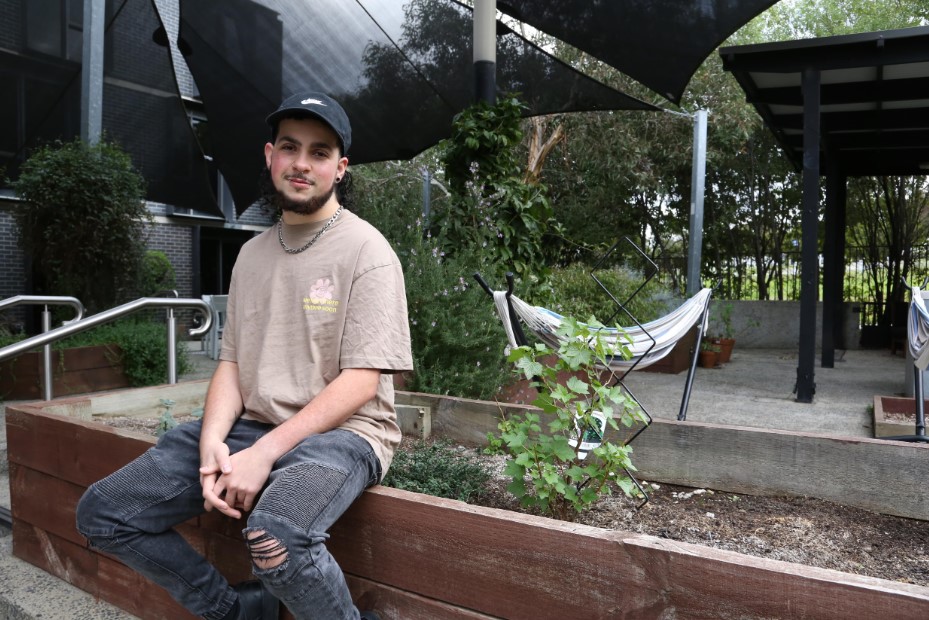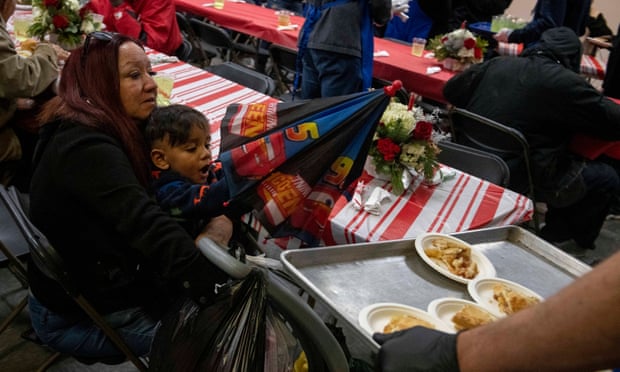Since the Covid-19 pandemic, a combination of low housing supply and high interest rates have led to a significant housing…
MEDIA RELEASE: Australia is already over 15,000 homes behind just three months into the 1.2 million homes by 2029 national…
Victoria Walks supports the general direction set in the discussion paper Big Ideas for Victoria’s Future and many of the…
When businesswoman Eman Soliman was texted her eviction notice, she assumed it was a mistake. “There wasn’t even a phone…
Co-ops, made up of members, own the right to a collection of homes, which often, are co-located. Without a landlord…
Riley is visiting a communal living facility that houses 40 residents – all aged between 16 and 24 – specifically…
- Queensland Statewide (all regions)
A social housing project delivering 32 apartments in a nine-storey development at Woolloongabba is underway. Construction starts next week on…
- Queensland Statewide (all regions)
The private rental sector has expanded at more than twice the rate of the increase in Australian households in the…
- Queensland Statewide (all regions)
Older women are the fastest-growing cohort of homeless people in Australia today. And for many, it’s an unexpected life shock…
- Queensland Statewide (all regions)
‘Having to ask for somewhere to live, it’s difficult indeed’: Single, female, homeless. Australia’s shameful crisis. Older women are the…
- Queensland Statewide (all regions)
APARTMENTS are being built at Robina to tackle the city’s disability housing crisis and get young people out of aged…
- Queensland Statewide (all regions)
Brisbane City Council’s use of loud music to move on rough sleepers in public spaces such as King George Square…
- Queensland Statewide (all regions)
The number of public school students experiencing homelessness in the US has increased 15% in the past three years, reaching…
- Queensland Statewide (all regions)
Rental prices on more than 1.5 million Berlin apartments will be frozen or lowered for five years as a result…

